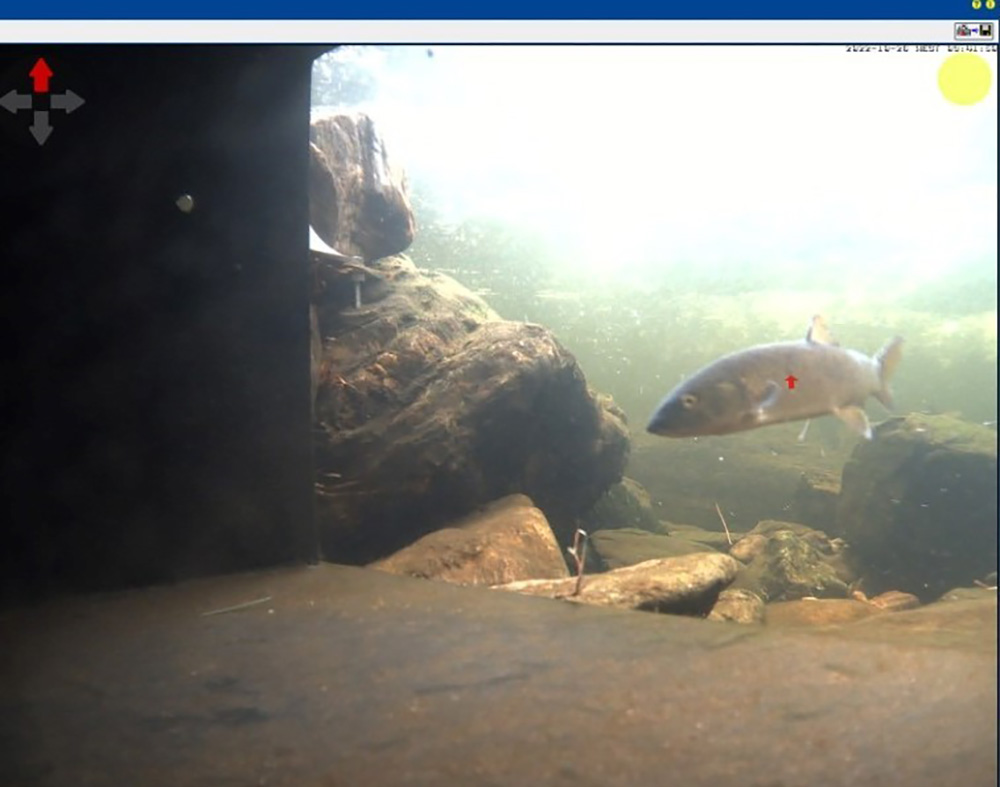Climate change has increased the demand for renewable energy sources, driving hydropower development. Hydropower energy generation from hydropower must double by 2050 to meet the target of limiting global warming to 1.5°C. Hydropower plants, mainly those with storage regulation during their operation, cause rapid and frequent artificial flow fluctuations in rivers, a phenomenon known as hydropeaking, causing multiple impacts on riverine habitats with cascading effects on ecosystem functioning and structure. Freshwater fish, representing a fourth of all vertebrates’ biodiversity, are among the most imperiled vertebrates, facing a more severe threat to biodiversity than terrestrial species.
A common understanding of sustainable hydropeaking mitigation has emerged in several European countries for implementing the Water Framework Directive. Yet, there is still a lack of widespread mitigation measures to cope with hydropeaking impacts.
Scientists from the University of Lisbon developed a pioneering method to install a flow refuge (Fig 1) downstream of hydropower plants in the impacted river reach, protecting fish from being displaced downstream when hydropower plants operate in hydropeaking mode. This method results from an extensive set of experiments conducted at a 6.5 m long indoor flume, where researchers tested the effectiveness of different insertion angles of flow refuges to attract fish during peak flows.

Fig 1 – Fish inside the flow refuge during a peaking event.
The scientists involved in this research project who are the inventors of this method, Isabel Boavida and Maria João Costa, have previously tested the use of flow refuges by fish in the flume and the river, noting that the hydraulic conditions created by the different tested flow refuges, triggered diverse fish responses. Maria João Costa highlights that “the deflecting effect of the tested flow refuges on the flow field resulted in different fish behavior towards them,” giving strong clues that the angle between the flow refuge entrance and the flow current might play a decisive role in its effective use by fish. “The results are promising, but we needed to test new hypotheses and dive deeper into the effects of the hydraulic and hydrodynamic conditions on the potential of flow refuges to attract fish ,” said Isabel Boavida, PI of the research project.
Attempting to improve this pioneering mitigation measure, the scientists from the University of Lisbon went deeper into understanding water velocity and turbulence in the vicinity of the flow refuge that was preventing and driving fish to use the flow refuge. In addition, the co-PI of the project, José Maria Santos, brought valuable insights regarding fish habitat preferences in these highly unstable environments, particularly how hydropeaking affects fish microhabitat use. Finally, with the support of Hidroerg, a hydropower company, and in cooperation with Tallinn Technological University, the company I AM Hydro, and the EU project Smart Fishways, the scientists tested different insertion angles between the flow-refuge entrance and the flow current. “In the flume, fish were attracted more frequently to the flow refuge with a 45°-angle of insertion to the flume wall in comparison to wider or narrower angles. This is the result of combining the effects of rapid changes with fish ecological requirements to design effective mitigation solutions to hydropeaking consequences”, said Maria João Costa, one of the inventors.
With the help of an advanced underwater stereo camera and the use of machine learning, we could identify the number of fish using the flow-refuge as well as their sizes. “This is the first time we can actually calculate how many fish per second are moving in and out of the refuge, giving us a new way of seeing how wild fish react to rapid changes in the flow environment,”says Jeffrey Tuhtan from the Tallinn University of Technology.
This successful method to install a flow refuge has been recently submitted and approved for patent protection (PT 118955) with the support of the Technology Transfer Office of Instituto Superior Técnico from the University of Lisbon. The scientists are now developing an outreach strategy to commercialize this invention. “We believe that this can be a cost-effective solution to mitigate the impacts of sudden flow changes downstream of hydropower plants to protect fish and the freshwater ecosystem in general, in the context of sustainable renewable energy development,” said Isabel Boavida. “It will help hydropower companies to comply with the EU taxonomy and tackle their impacts on biodiversity”.
The interdisciplinary research group included the research center CERIS – Civil Engineering Research and Innovation for Sustainability at the University of Lisbon, where the experiments took place; the Forest Research Centre from the University of Lisbon; the NOVA School of Business and Economics, which is committed to assessing the economic viability of the proposed solutions, the hydropower company Hidroerg which supported the field work; and TalTech Centre for Biorobotics, which has developed an algorithm to identify fish species and life-stages inside the flow-refuge. This project received funding from the Portuguese Science National Foundation (FCT) (http://doi.org/10.54499/PTDC/EAM-AMB/4531/2020).





